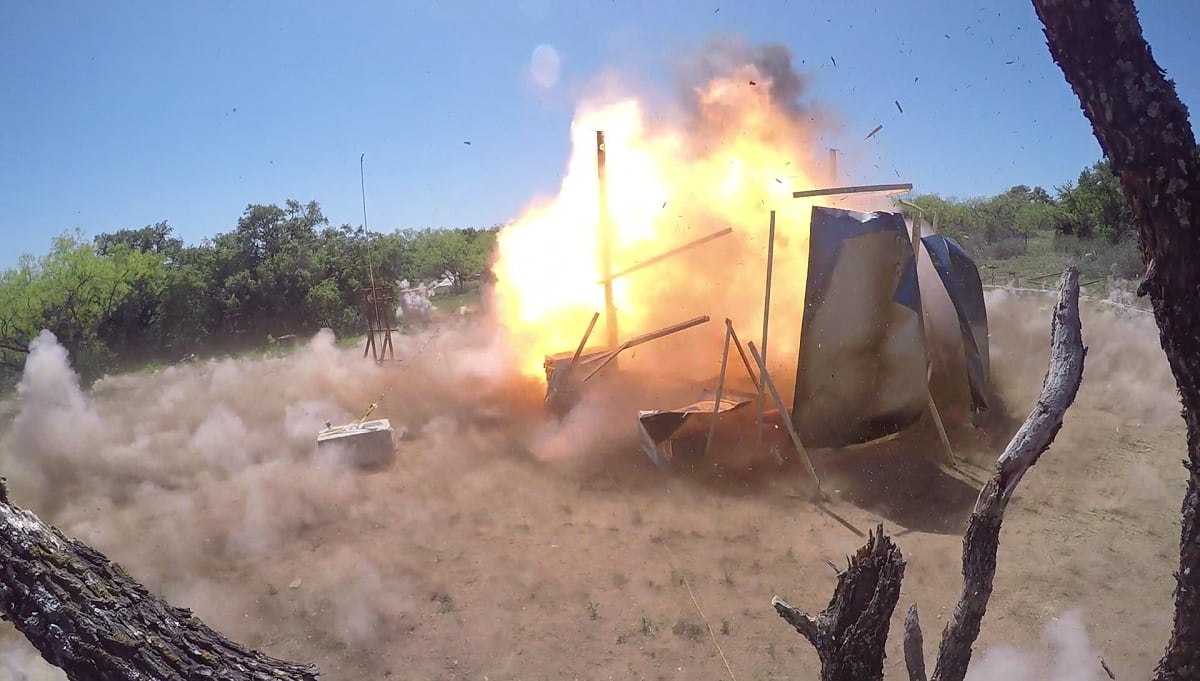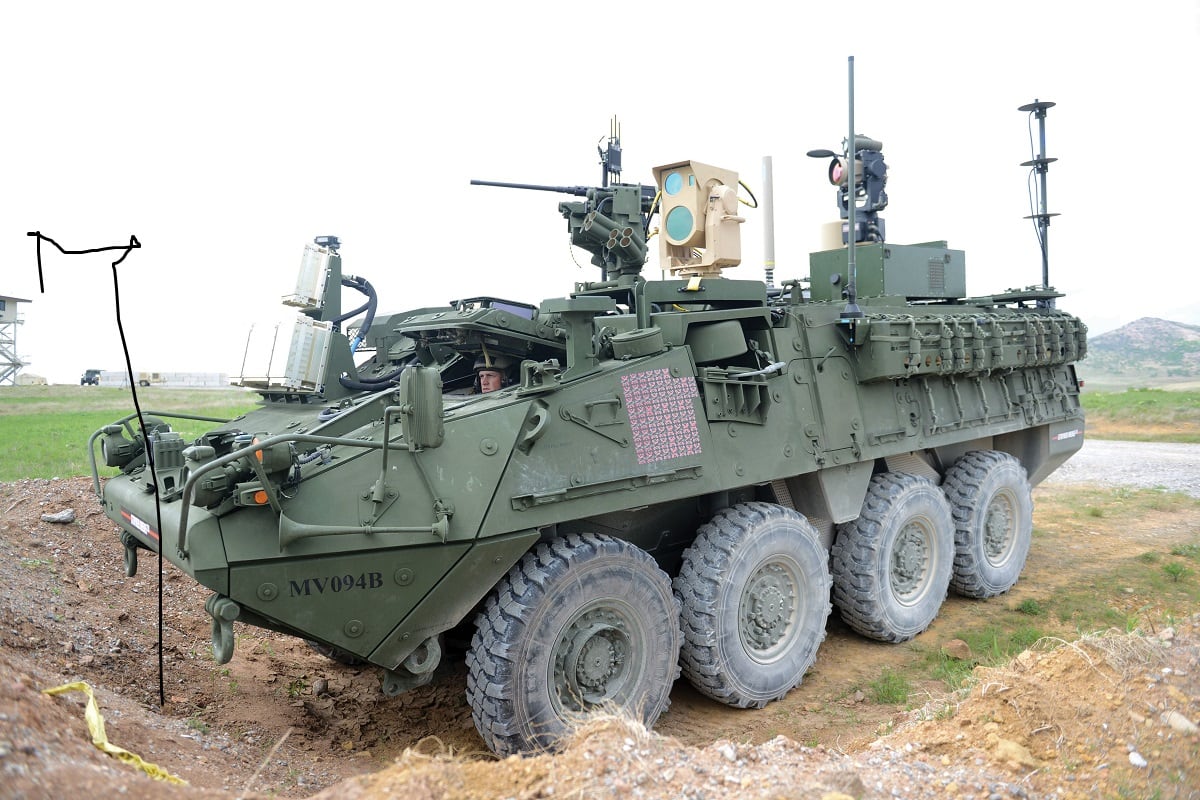COURTLAND, Ala. — Lockheed Martin has placed its bets on hypersonic missiles, using golden shovels to break ground surrounded by cotton and corn fields in Alabama on Sept. 16 for new facilities to develop, test and produce the weapons.
Lockheed CEO Marillyn Hewson, who drove her shovel into dirt front and center at the company’s ground-breaking ceremony, reported earlier this year that the firm’s hypersonic contracts with the U.S. military amounted to more than $3.5 billion and included contracts to develop the Air Force’s Hypersonic Conventional Strike Weapon program and the Navy’s conventional prompt strike hypersonic effort as well as the tactical boost-glide contract and the Air Force’s Air-Launched Rapid Response Weapon program.
Also at the ceremony were Sen. Richard Shelby, R-Ala., Alabama Gov. Kay Ivey, and Republican Reps. Robert Aderholt and Mo Brooks of Alabama, showing political support for the effort.
Lockheed most recently won a contract to integrate a hypersonic weapon onto a ground-launched mobile platform for the Army and is part of a Huntsville, Alabama-based Dynetics team to build a common hypersonic glide body prototype, also for the Army.
The Army’s No. 1 modernization priority is long-range precision fires, and hypersonic development falls into that category. The other services are also placing that capability high on their priority lists to counter rapid hypersonic weapons development by Russia and China.
As Lockheed scoops up hypersonic development contracts, it chose Courtland, Alabama, as its central location for hypersonic strike work. The expansion will bring two new buildings to support the portfolio and create 72 jobs in Courtland as well as 200 in Huntsville over the next three years.
RELATED

The company “has a strong partnership with the state of Alabama that dates back several decades and includes research and development on rockets” — the state is the birthplace of the American rocket — and “space launch vehicles, tactical missiles, space exploration and air and missile defense targets,” according to a Lockheed statement.
For Lockheed, the plans to expand its facility at Courtland and elsewhere in the United States, such as Troy, Alabama — where the Air-Launched Rapid Response Weapon capability will be produced — is a calculated bet given the firm’s track record in scooping up hypersonic missile development and prototype contracts. But when it comes to production, the services must still decide what companies will mass produce the various components of the missile’s capabilities.
“This is where we are going to put the hypersonic production capability for all three services for all of the programs we have been talking,” said Eric Scherff, Lockheed’s vice president of hypersonic strike within the company’s Space division.
Ultimately, the company has planned four missile assembly buildings. “We will have significant capacity to support this demand,” Scherff said, and Courtland will be considered the company’s corporate hypersonic center of excellence.
While Dynetics and Lockheed are getting a first crack at learning to build the common hypersonic glide body for the services, the Army plans to award more contracts to other teams and companies to learn the same over the next year or so.
One of the biggest challenges in fielding hypersonic weapons is the ability to manufacture them; the industrial base does not exist.
McConville told a few reporters traveling with him on his flight down to Courtland for the ceremony that it’s going to be important to create a competitive environment to ensure the military gets leading-edge technology at the best price.
“I want to be able to field the system at a reasonable cost because we have a lot of other priorities that we also want to accomplish,” McConville said.
The Army, as part of a joint effort to develop and build hypersonic weapons, is in charge of producing the Navy’s common hypersonic glide body for all of the services.
RELATED

Lt. Gen. L. Neil Thurgood, the Army’s Rapid Capabilities and Critical Technologies Office director, told reporters at the ceremony that the service plans to award several contracts to other teams, and is preparing to award another contract to a company to learn to build the glide body. Thurgood is also in charge of hypersonic development for the Army.
The method to build a competitive industrial base is unique and uses other transaction authorities — a congressionally approved mechanism to rapidly award contracts for prototyping or other development. The authorities will be used to award contracts to multiple companies in a rolling fashion. Sandia National Laboratories, a federally funded facility, is teaching each team awarded a contract to build glide bodies for hypersonic missiles.
Lockheed and Dynetics will likely be one of several teams competing to build hypersonic missiles in the United States, and it’s not a given that Lockheed or any other company will win the opportunity to manufacture hypersonic missiles at scale.
One of the biggest challenges is the pace at which the services want to test and field a hypersonic offensive capability. The Army wants a mobile land-based capability fielded around 2023, according to McConville. That means the service will likely choose manufacturers to build hypersonic missiles in a year or two.
Lockheed did not say when its hypersonic facility will be completed.
The Navy, according to Vice Adm. Johnny Wolfe, director of the service’s Strategic Systems Programs, wants its ship-launched capability fielded in 2023 followed by a submarine-launched missile in 2024.
The Air Force wants to field its air-launched version in 2022, said Yvette Weber, the service’s deputy program executive officer for weapons.
The services are planning a series of flight tests starting next spring, Thurgood said.
Jen Judson is an award-winning journalist covering land warfare for Defense News. She has also worked for Politico and Inside Defense. She holds a Master of Science degree in journalism from Boston University and a Bachelor of Arts degree from Kenyon College.






